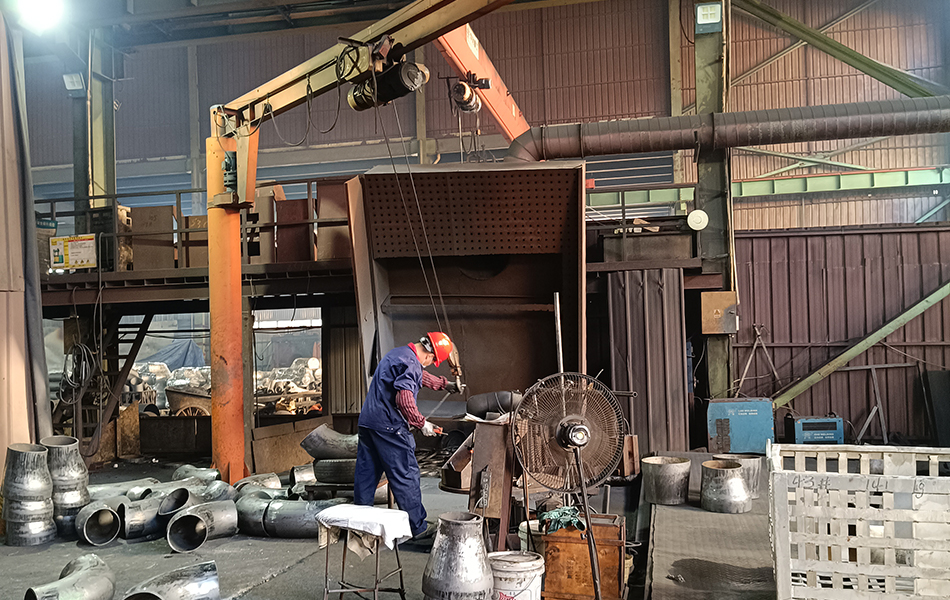
The specification meaning of industrial elbow mainly includes the following aspects:
1. Diameter
(1) Definition: The diameter of steel pipe elbow refers to the diameter of the pipe to which the elbow connects, usually in inches or millimeters. Common diameters include 1/2 inch, 3/4 inch, 1 inch, etc. Non-standard size elbows can also be customized according to actual needs.
(2) Function: The diameter determines the compatibility of the elbow with the pipe, ensuring the smooth connection of the pipe system.
2. Bending radius
(1) Definition: The bending radius of an elbow is a crucial parameter, defined as the distance from the elbow's center line to the pipe's center axis, typically measured in millimeters. This dimension significantly influences fluid dynamics within the pipe. Generally, a larger bending radius results in reduced fluid resistance, facilitating smoother flow and minimizing energy loss.
(2) Classify:
-Long radius elbow: The radius of curvature is equal to 1.5 times the outer diameter of the pipe (R=1.5D).
-Short radius elbow: The radius of curvature is equal to the outer diameter of the pipe (R=1.0D).
3. Wall thickness
(1) Definition: It refers to the thickness of the elbow wall, usually in millimeters and will affect the pressure bearing capacity and service life of the elbow. Generally speaking, the thicker the wall, the stronger the pressure bearing capacity of the elbow.
(2) Function: “WT” of stainles steel / carbon steel elbow fittings determines the strength and pressure resistance of the elbow, and needs to be selected according to the actual working conditions.
4. Bending angle
(1) Definition: The angle of a stainless steel elbow denotes its bending angle, with common configurations including 45 degrees, 90 degrees, and 180 degrees. Each angle serves distinct pipeline layouts and connection needs, making them versatile for various applications.
(2) Function: The bending angle determines the flow direction and speed of the fluid in the pipeline. Reasonable angle setting can reduce the vortex and impact of the fluid and improve the stability and life of the pipeline system.
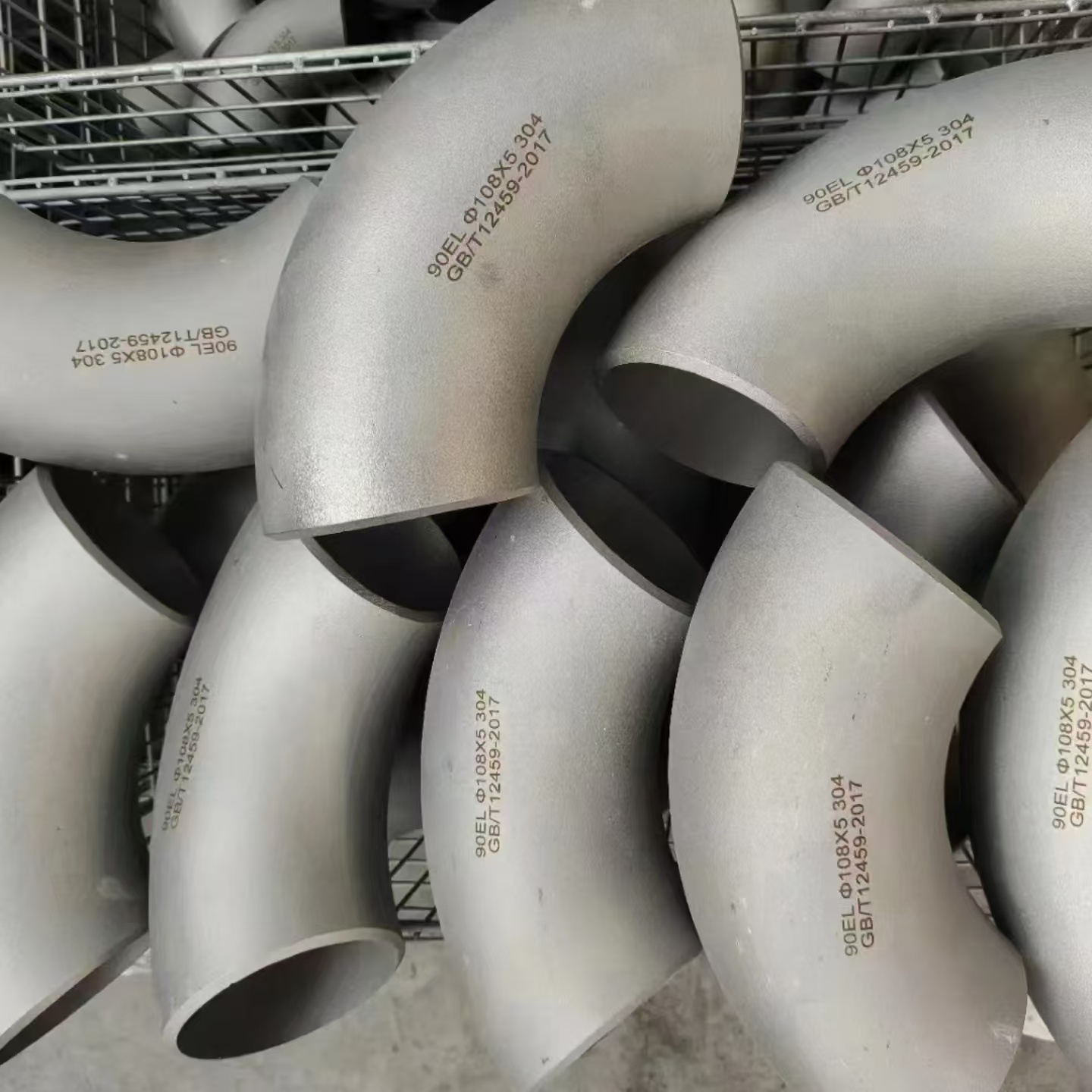
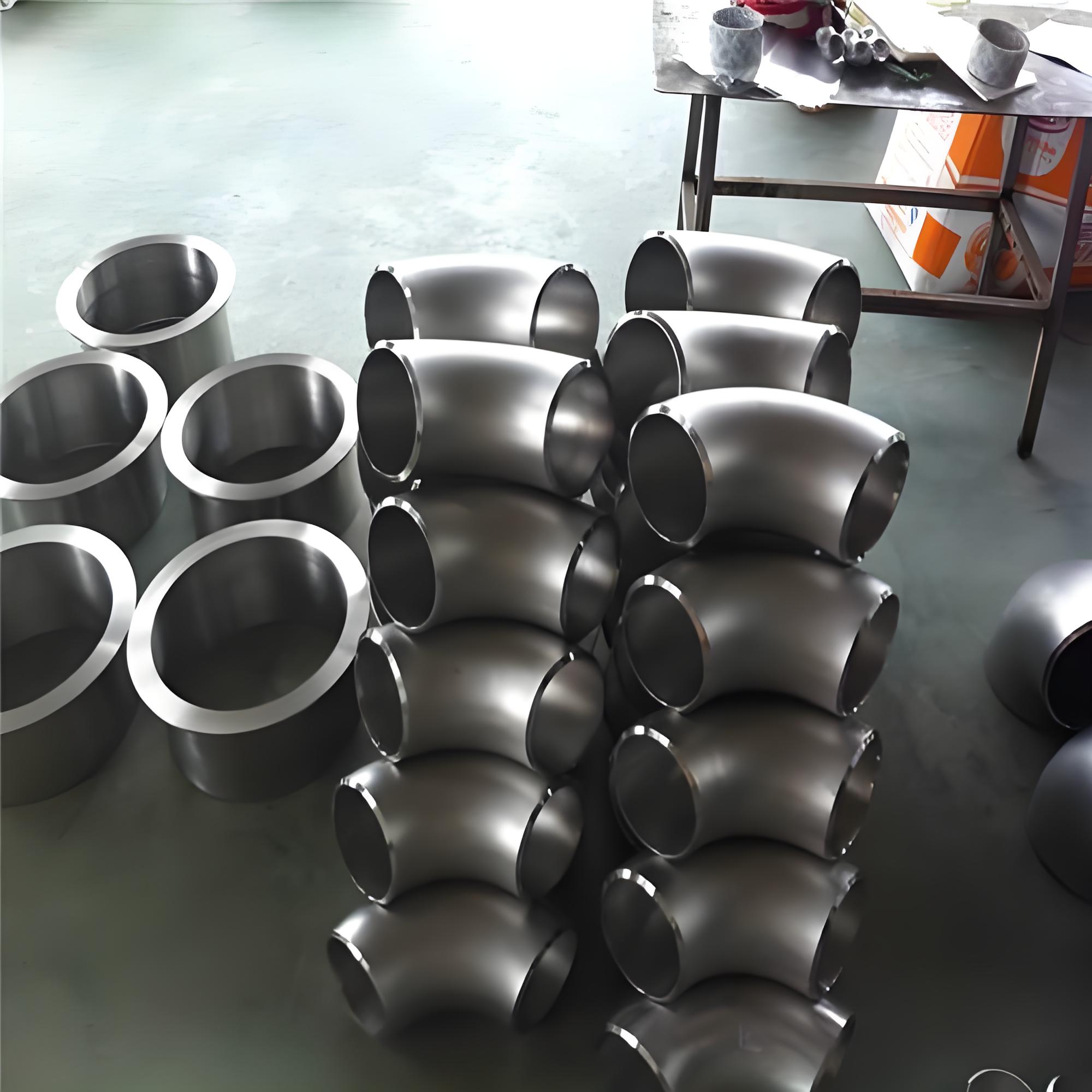
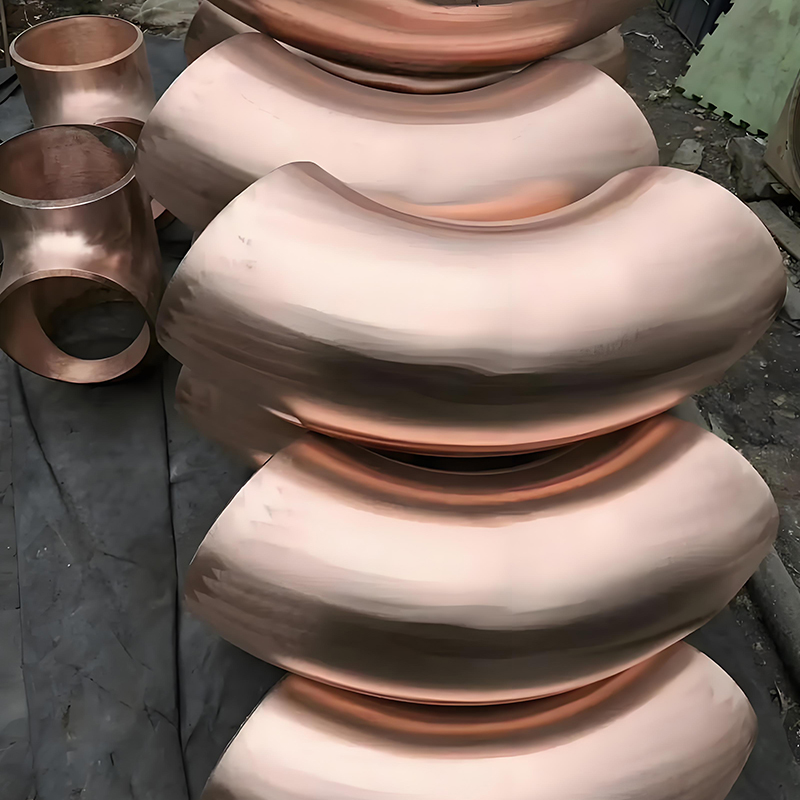
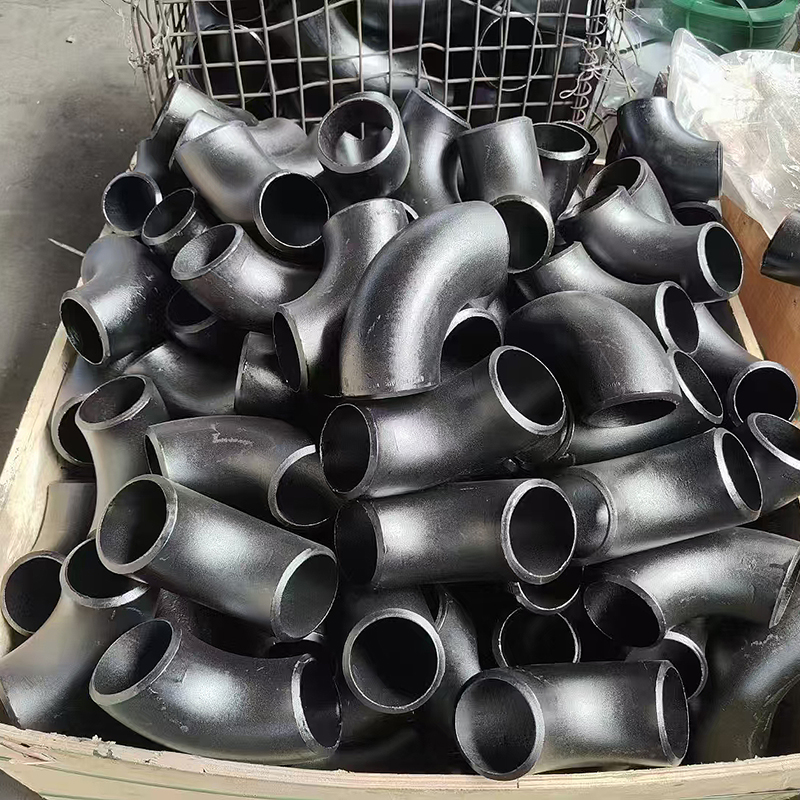
5. Material
(1) Common ones: Specially stainless steel elbows, with strong corrosion resistance, high-temperature resistance and excellent pressure resistance, making stainless elbows extensively used in industrial pipeline systems.
(2) Function: The material determines the corrosion resistance and high temperature resistance of the elbow. Different materials are suitable for different working environments.
6. Pressure level
(1) Definition: There are numerous pressure levels for industrial pipe fittings such as welding elbows, which align with the pipe standards in the United States. These include Sch5s, Sch10s, Sch10, Sch20, Sch30, Sch40s, STD, Sch40, Sch60, Sch80s, XS; Sch80, SCH100, Sch120, Sch140, Sch160, XXS, etc., with STD and XS being the most commonly utilized.
(2) Function: The pressure rating of welding/Threaded elbows determines the applicability of the elbow under different pressure conditions and ensures that the pipeline system operates within the safe pressure range.
7. Standards
(1) American standard: ANSI/ASME B16.9, specifies the specific parameters such as the nominal diameter range, elbow radius, bending angle and end shape of the elbow.
(2) European standard: EN10253-4, specifies the manufacturing requirements and physical and chemical property requirements of stainless steel elbows, and also specifies the size range, tolerance and marking of the elbows.
(3) Japanese standard: JIS B 2313, specifies important parameters such as elbow materials, nominal diameter and bending angle.
(4) Chinese standard: GB/T 12459-2005, applicable to stainless steel elbows with pressure levels of 0.25MPa to 32.0MPa and temperatures of -196℃ to 600℃. The materials should meet the relevant requirements in GB/T 1220-2007. Commonly used stainless steel materials include 304, 304L, 316, 316L, etc.